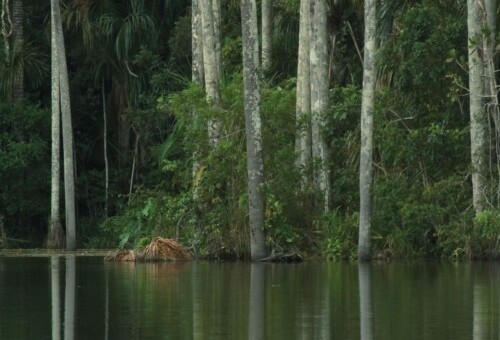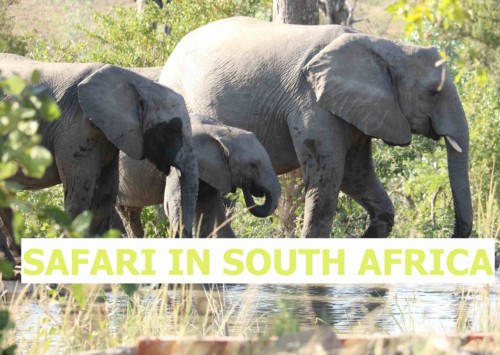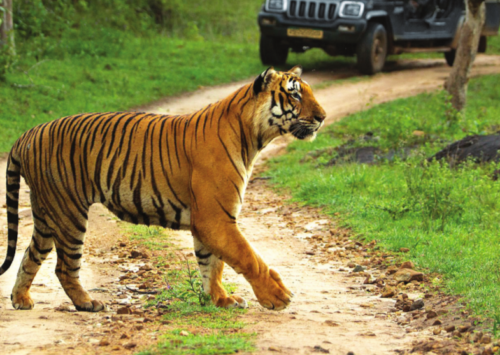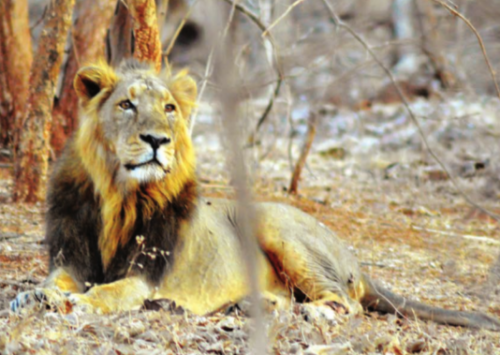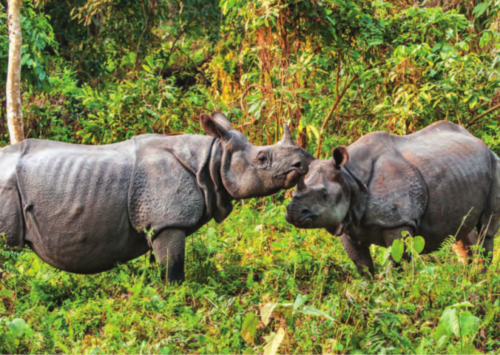In and around the Jim Corbett National Park
In the north Indian state of Uttarakhand, the Jim Corbett National Park is distinguished for its wilderness. However, the place has a lot more to it beyond tigers and the abundance of deers and flora. Here is a quick guide for the expeditions you can embark on, in and around India’s oldest national tiger reserve in just a stretch of two days.
With the holiday season setting in most parts of India, it’s the perfect time for wildlife enthusiasts to pack their bags and throng the country to quench their thirst of spotting the rare. And what could be better than the country’s oldest tiger reserve?
As soon as you enter the forest area around the Tiger Corbett Reserve in the Jim Corbett National Park in Uttarakhand, spread over 1,318 square km, on the foothills of the Himalayas, elephants taking shelter from the rain, deers crossing roads and wild boars and monkeys showing you the way, will thrill you for the journey ahead.
Upon driving into the forest area, various types of deers including the spotted deer, sambhar and the barking deer chewing on grass and soft leaves will become a common sight, soon joined by peacocks and wild boars in their natural surroundings.
However, the national park is not about just about wild joys, but also the riverine vegetation growing alongside the Ramganga and Kosi rivers that meander through the park and various other destinations around the forest area.
Bird watching


The unbroken jungle, especially the Jhirna zone, is a hotspot for bird watchers. Indian hornbill, Kalij pheasant, paradise flycatcher, Himalayan Kingfisher, as well as a host of colourful bee eaters, along with woodpeckers, eagles, vultures, parakeets, owls, bulbuls, cuckoos, doves and robins, can be spotted here without a hitch and even binoculars. The park is home to more than 600 odd species of birds that makes about half of the total species found in the entire Indian subcontinent.
River Kosi

A major area of Corbett is situated on the banks of River Kosi, where visitors can enjoy rafting and bridge slithering, starting from the Jhula Bridge, which goes up till the Kosi River. However, prior permission is needed from the park authorities. For those who love fishing, the waters of Ramganga and Kosi Rivers are inhabited by ‘Mahseer’ – a variety of fish that attract large number of migratory birds. However, fishing is only permitted outside the park premises.
If you plan to stay at the Kunkhet Valley Resort in Nainital district, the manager will organise a trek for you or even a dinner along the Kosi River that surrounds the hotel from two sides. The place is great for star gazing with the sound of gushing waves and chirping of various types of birds.
Garjia Devi Temple
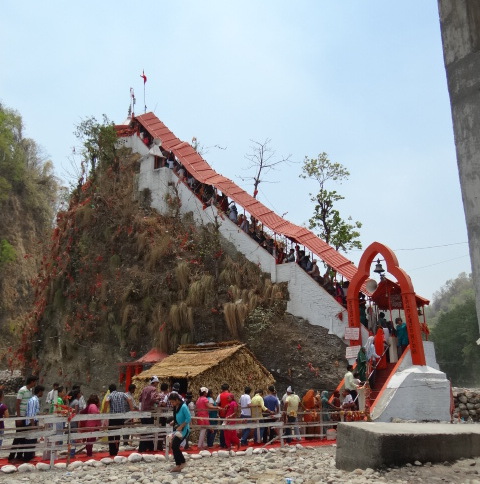
Situated near Ramnagar on the outskirts of the Corbett National Park, the Garjiya Devi Temple is considered a sacred shrine that is believed to have been formed naturally by the mud and clay that came along during a flood, years ago. Surrounded by the Kosi River tributary, the temple holds a rich, religious significance and the locals have a book full of stories associated with its formation and existence.
The 150 years old temple that is situated over a large rock in the Kosi River, was not known by many till 1940 but in recent years, it has been protected and reconstructed many times by the temple management and pulls a crowd that increases every year.
“One night before a flood that hit this area 150-200 years ago, a saint saw a dream that something along with water will come flowing in this region and he has to stop it. The next day, the area was hit with the flood and the saint saw a big mountain of clay and mud that was constantly getting collected in one place with the flow of water. He then meditated to stop the mountain on that place itself. Since then, the mountain is standing there at 100 metre tall, where people established effigies of idols – that later came to be known as the Garjiya temple,” explains Puran Pradhan, a resident of Nainital district in Uttarakhand.
Corbett waterfall

At a distance of 26 km from Ramnagar, the Corbett waterfall is situated on the Ramnagar-Kaladhungi highway in Nainital district, surrounded by dense teak wood forest. This waterfall cascades from a height of 20 metres; although the fall is not very huge and bathing in the falls is no longer permitted, the natural beauty around the place compensates for it. The visitors have to take small trek of around 1.5 km from main road to reach the cascade.
Himalayan view point
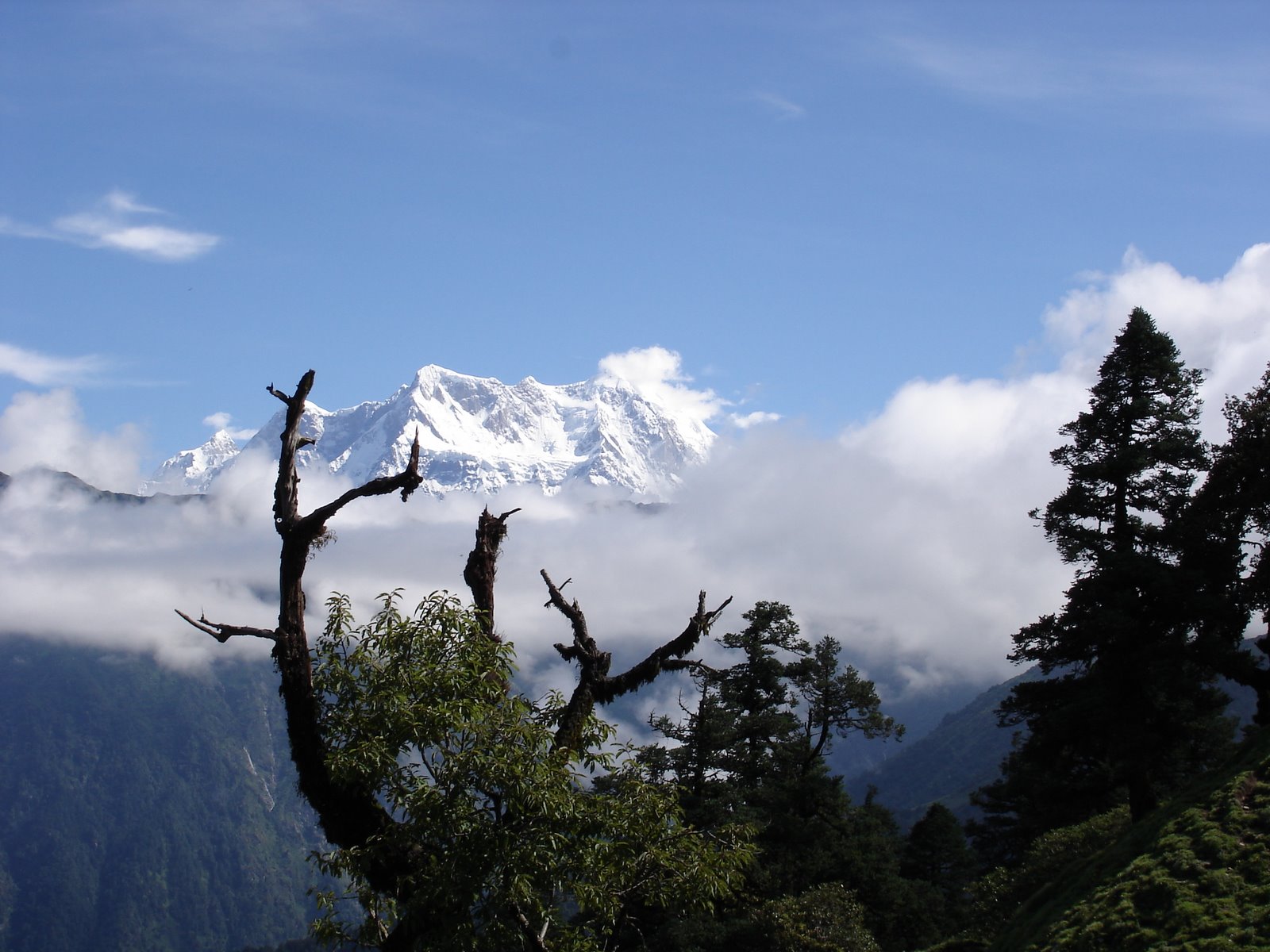
Approximately 30 km from the Corbett area, the Himalayan View Point is a beautiful tourist spot, from where one can have a glimpse of the mighty Himalayan ranges and lower forested ridges.
Jim Corbett’s residence in Kaladhungi
If you’re interested in knowing about the life of James Edward Corbett, popularly known as Jim Corbett – a British-Indian hunter turned conservationist, his former house at Kaladhungi is just 26 km away from Ramnagar. The 1881 building located near the Nainital lake, was the residence of this legendary hunter who brought the region international fame with his book ‘The Man-Eaters of Kumaon’. His work desk and other everyday use objects are still housed inside the cottage, with portraits representing his transformation from a hunter to conservationist, along with framed information about his life.


